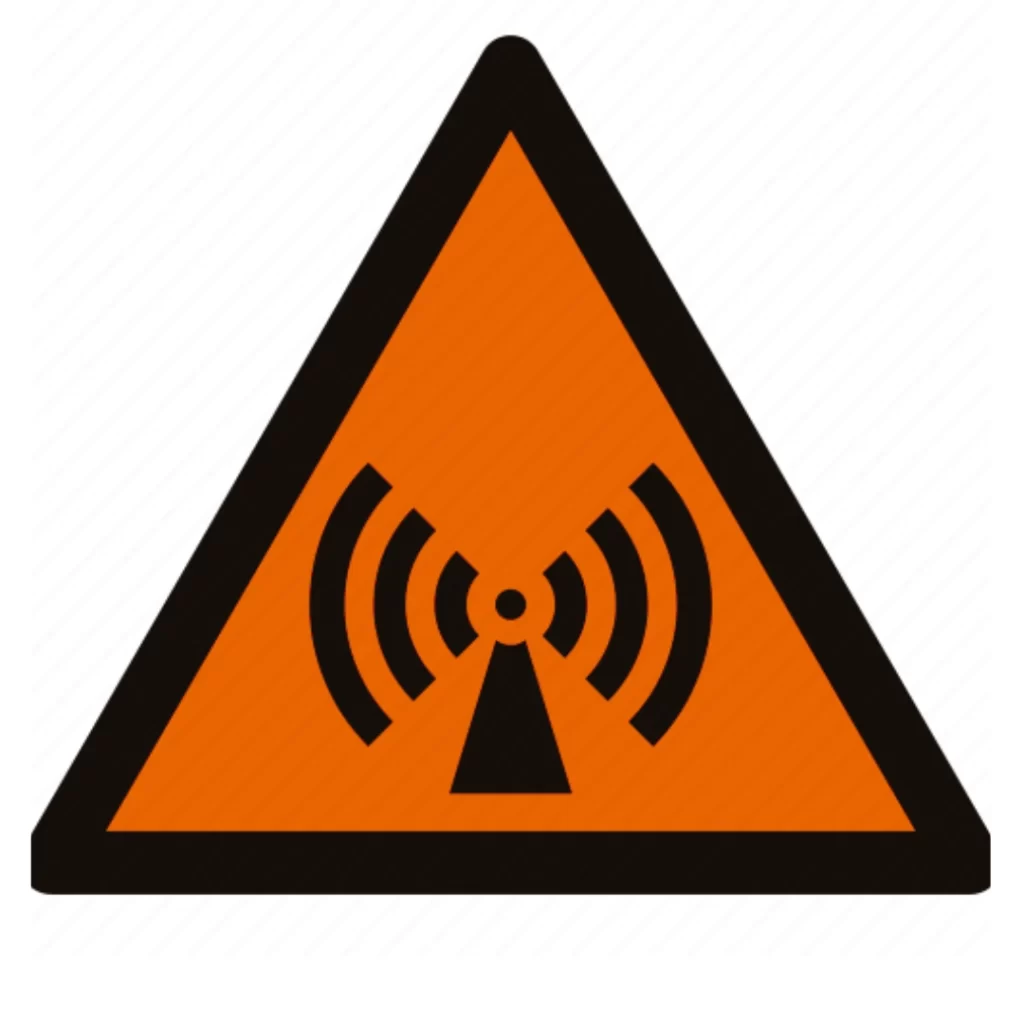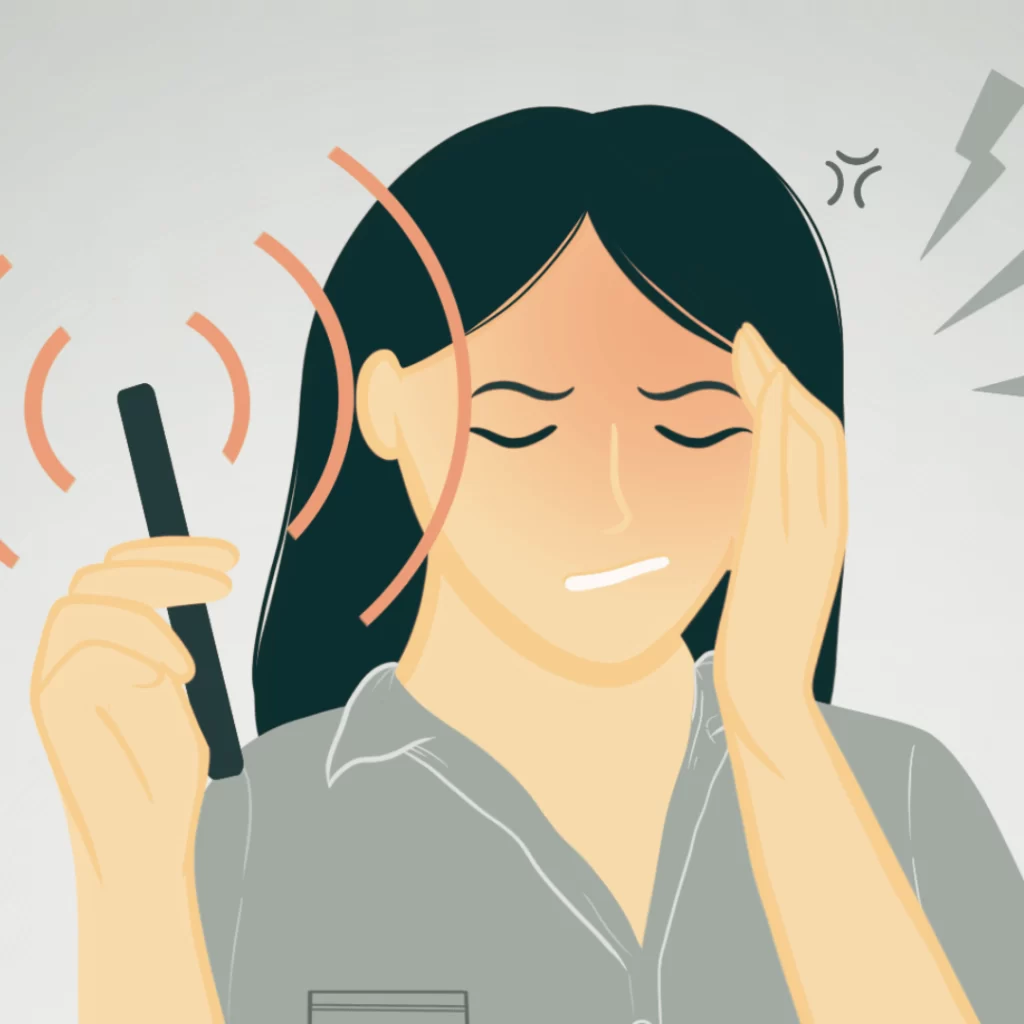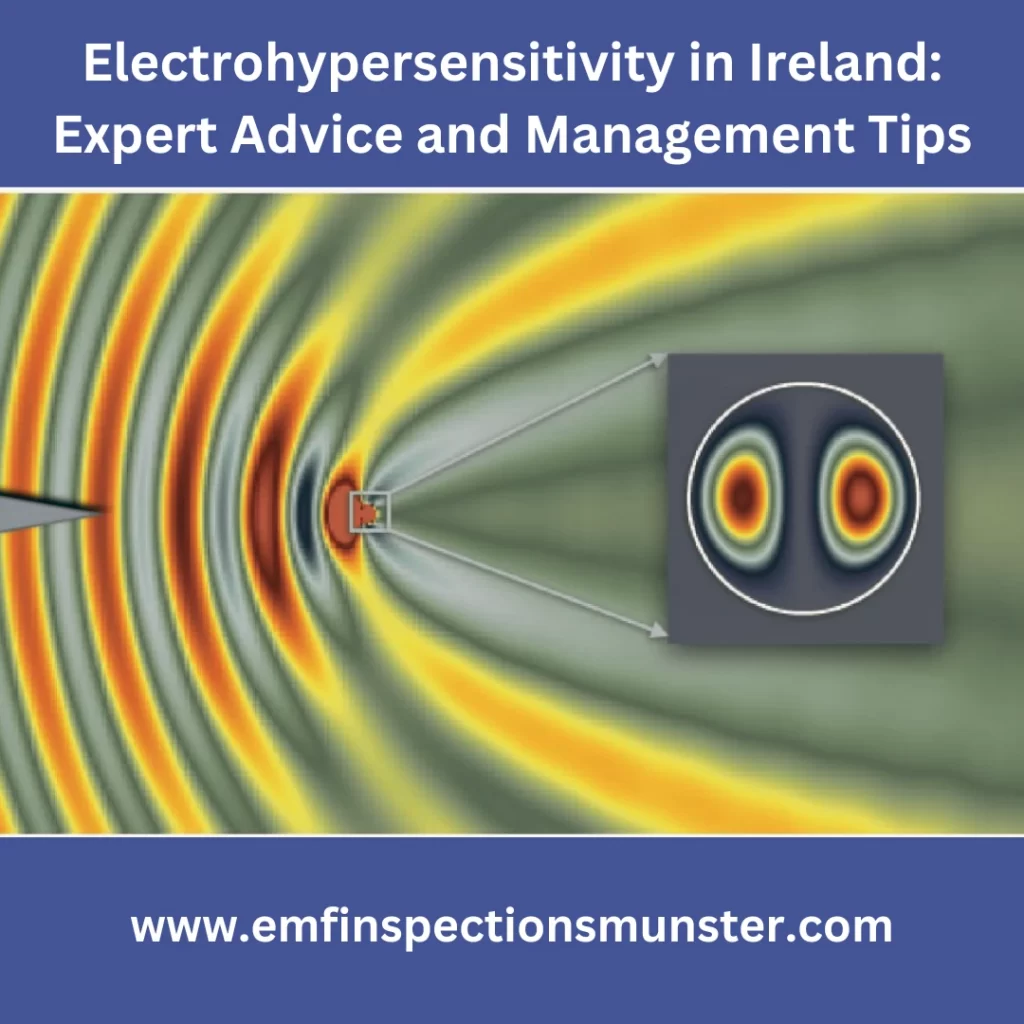Electrohypersensitivity (EHS) is a condition that has garnered increasing attention over recent years. With the proliferation of electronic devices and wireless technology, more people are reporting symptoms they believe are linked to electromagnetic field (EMF) exposure. In Ireland, the awareness and understanding of EHS are growing, and there are steps that individuals and communities can take to manage this condition effectively. This blog will delve into what electrohypersensitivity is, its symptoms, expert advice on managing it, and practical tips for reducing exposure to EMFs.
Understanding Electrohypersensitivity
Electrohypersensitivity Ireland also known as electromagnetic hypersensitivity or EHS is characterized by a range of non-specific symptoms that sufferers attribute to exposure to electromagnetic fields. These fields are emitted by common sources such as mobile phones, Wi-Fi routers, computers, and even household appliances. Although EHS is not officially recognized as a medical diagnosis in many countries, including Ireland, the symptoms reported by those affected are very real and can significantly impact daily life.
Common Symptoms of Electrohypersensitivity
Individuals with EHS report a variety of symptoms, which can vary in severity and duration. Commonly reported symptoms include:
- Headaches and migraines
- Fatigue and weakness
- Sleep disturbances
- Skin issues, such as redness and tingling
- Memory issues and trouble focusing are examples of cognitive challenges.
- Heart palpitations and dizziness
- Anxiety and depression
These symptoms can lead to a diminished quality of life, making it crucial for those affected to find ways to manage their condition effectively.

Expert Advice on Managing Electrohypersensitivity
While there is ongoing debate within the scientific community about the causes of EHS, many experts agree on several strategies that can help manage symptoms. Here are some important bits of advice from specialists in the area.
1. Reducing EMF Exposure
The most straightforward approach to managing EHS is to minimize exposure to EMFs. This can be achieved by:
- Using wired internet connections instead of Wi-Fi whenever possible.
- Keeping mobile phones and other wireless devices away from the body, especially during sleep.
- Limiting the use of electronic devices and taking regular breaks to reduce prolonged exposure.
- Creating a low-EMF zone in the home, particularly in the bedroom, to ensure a restful sleep environment.
2. Environmental Modifications
Making changes to your living environment can also help in managing EHS. Consider the following modifications:
- Using EMF shielding products, such as curtains, canopies, and paint, to reduce exposure in the home.
- Replacing cordless phones with wired landline phones.
- Positioning electronic devices away from frequently occupied areas.
3. Seeking Professional Guidance
Consulting with a professional, such as a building biologist or an EMF consultant, can provide personalized advice and solutions. These experts can conduct an EMF assessment of your home and recommend specific changes to reduce exposure.

Practical Tips for Reducing EMF Exposure
In addition to the expert advice mentioned above, there are several practical steps that individuals can take to minimize their EMF exposure and manage symptoms of electrohypersensitivity in Ireland:
1. Limit Screen Time
Reducing the amount of time spent on electronic devices can help lessen the impact of EMF exposure. Consider implementing screen-free periods during the day, especially in the evening, to allow your body to rest and recover.
2. Practice Good Sleep Hygiene
Since sleep disturbances are a common symptom of EHS, improving sleep hygiene can make a significant difference. This includes:
- Keeping electronic devices out of the bedroom.
- Establishing a regular sleep routine.
- Creating a dark, calm, and cool sleeping environment.
3. Use EMF-Reducing Technologies
Several items promise to minimize EMF exposure. While the efficacy of these products can vary, some individuals find relief by using:
- EMF shielding cases for mobile phones and tablets.
- EMF-reducing power strips and plugs.
- Grounding products, such as mats and sheets, which some believe can help mitigate the effects of EMF exposure.
4. Stay Informed
Keeping up-to-date with the latest research and developments in the field of EHS can empower you to make informed decisions about managing your condition. Joining support groups and online communities can also provide valuable insights and support from others who are experiencing similar challenges.
Conclusion
Electrohypersensitivity is a complex and often misunderstood condition that can significantly impact the lives of those affected. By understanding the symptoms, seeking expert advice, and implementing practical tips to reduce EMF exposure, individuals in Ireland can take proactive steps to manage their condition. If you are struggling with EHS, consider consulting with professionals like those at EMF Inspections Munster, who can offer tailored advice and solutions to help create a safer and more comfortable living environment. Remember, while the journey to managing EHS may be challenging, support and resources are available to help you navigate this condition effectively.

Frequently Asked Questions:-
1. What is Electrohypersensitivity (EHS)?
Electrohypersensitivity (EHS) is a condition where individuals experience various non-specific symptoms they believe are caused by exposure to electromagnetic fields (EMFs). Common sources of EMFs include mobile phones, Wi-Fi routers, computers, and household appliances. Symptoms can range from headaches and fatigue to sleep disturbances and cognitive issues. While EHS is not officially recognized as a medical diagnosis in many countries, including Ireland, the symptoms reported by those affected are real and can significantly impact their quality of life.
2. What are the common symptoms of Electrohypersensitivity?
Common symptoms of electrohypersensitivity include:
- Headaches and migraines
- Fatigue and weakness
- Sleep disturbances
- Skin issues, such as redness and tingling
- Memory issues and trouble focusing are examples of cognitive challenges.
- Heart palpitations and dizziness
- Anxiety and depression
These symptoms differ in length and severity from person to person.
3. How can I reduce my exposure to electromagnetic fields (EMFs) at home?
To reduce your exposure to EMFs at home, you can:
- Use wired internet connections instead of Wi-Fi.
- Keep mobile phones and other wireless devices away from your body, especially during sleep.
- Limit your usage of electronics and take frequent breaks.
- Create a low-EMF zone in your home, particularly in the bedroom.
- Use EMF shielding products, such as curtains, canopies, and paint.
- Replace cordless phones with wired landline phones.
- Position electronic devices away from frequently occupied areas.
4. Can professional guidance help in managing Electrohypersensitivity?
Yes, professional guidance can be very helpful in managing EHS. Consulting with a building biologist or an EMF consultant can provide personalized advice and solutions. These experts can conduct an EMF assessment of your home and recommend specific changes to reduce exposure. They can also suggest effective EMF shielding products and other modifications to create a safer living environment.
5. What practical steps can I take to minimize EMF exposure and manage EHS symptoms?
Practical steps to minimize EMF exposure and manage EHS symptoms include:
- Limiting screen time and implementing screen-free periods during the day.
- Practicing good sleep hygiene by keeping electronic devices out of the bedroom and establishing a regular sleep routine.
- Using EMF-reducing technologies, such as shielding cases for mobile phones and tablets, and grounding products like mats and sheets.
- Staying informed about the latest research and developments in the field of EHS.
- Joining support groups and online communities for insights and support from others experiencing similar challenges.


